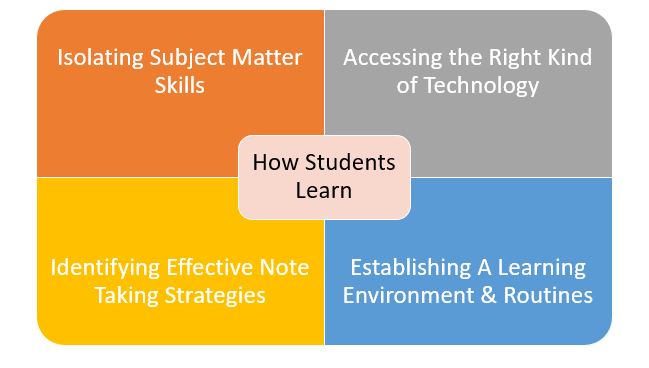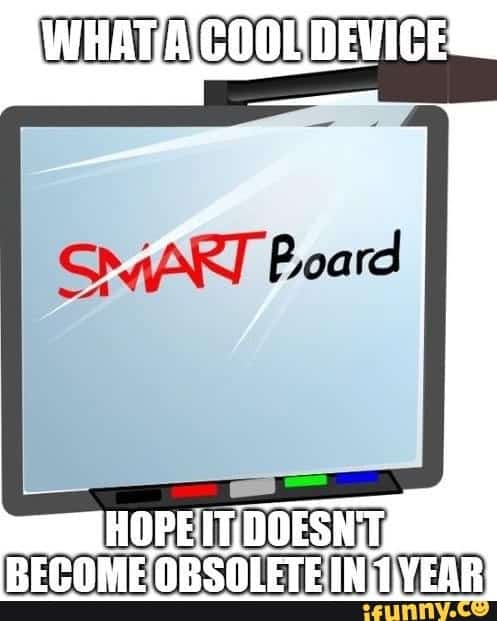We know that no two people learn the same way, nor should we make them conduct note taking their peers’ exact way.
That’s why I felt compelled to spend some time discussing how to properly do note taking regardless of whether students are in a traditional class, hybrid class, or virtual class.
Seems to me that students are just doing the same thing.
Reminds me of a Yoga Berra quote, “it’s Deja vu all over again.”
This must be considered just as much as the way teachers prepare their lessons.
After scouring through tons of articles, blogs, journals, and dialogue, I’ve narrowed it down to four main components when it comes to students learning best through note taking.
4 Components in Note Taking Students Must Know

Isolating Subject Matter Skills – Teachers use their pacing calendar and curriculum to drive them when and creating lessons. But aligning the lessons by the skills allows teachers to use similar resources in the same time frame.
This is especially important as it will reduce the time spent planning as they can be built on without having to surf the web for ideas.
Assessing the Right Kind of Technology – No, I’m not talking about a Kahoot game, but a website or resource that helps drive a student’s knowledge for the skill more in-depth.
For example, a chemistry teacher teaches their class on the periodic table, and the instructor has known for years that students struggle with mastering the concept of isotopes. Besides the brief, direct instruction, students could use an interactive periodic table like the Royal Society of Chemistry combined with a site from Learner.org that helps spell out Atomic Basics.
Instead of a worksheet that students would submit, they could Screencastify or Loom to record their work and send it to a peer.
Identifying Note Taking Strategies – In this distance learning era, teachers think that sending out copies of notes with the lesson helps students. To an extent, they are correct, but students won’t take the time to use them effectively.
To counter this common trait, note-taking must center on a student’s learning style. Using Howard Gardner’s Multiple Intelligences, students must identify how they learn best and then show students how to take notes based upon that style.
Let me explain. Say one of your students took the (Free 😊) PersonalityMax Multiple Intelligences and Learning Style test. They discover that they are spatial learners and then convert the teacher’s notes to spatial learner’s notes. They would use position, color, illustration/visualization, and organization to help reform the notes.
Changing the way it looks helps reduce the student’s overwhelmingness and puts them in a comfortable position to prepare to study.
This can be done with other learning styles.
Establishing a Learning Environment and Routines – Consistancy is key to success. Students go to school and have set routines in place, which helps settle their minds. Similarly, students need to have a learning environment that allows them to study. Factors include:
- Using the same quiet place
- Working simultaneously daily
- Accessing the Internet without lag
- Having all materials available
- Recognizing when it’s time to take a break
- Providing a checklist of items to ensure that you’re prepared for the next day
Most Beneficial for Neurodiverse and English Language Learners
The four components will help every student, especially those receiving accommodations. Depending on the student’s ability, there may be a few more steps to add, but the results will be just as rewarding.
What else would you add to the four components of note-taking in distance learning? I’d love to hear them. Post them in the comments below!


Leave a Reply
You must be logged in to post a comment.